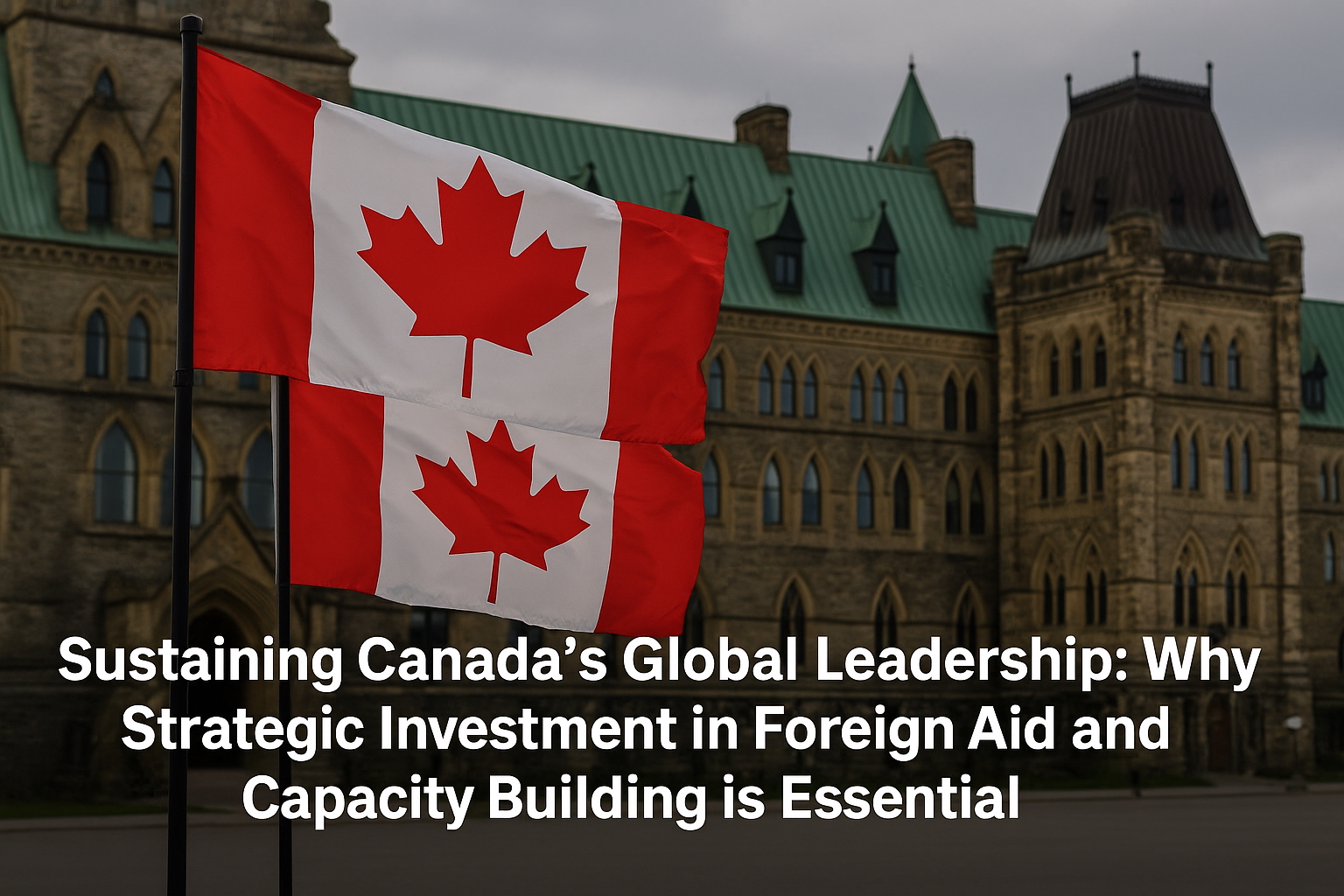Oil Spills: Are We Ready for the Next Wave of Disaster?
Oil spills are more than just environmental catastrophes; they’re complex disasters with far-reaching consequences for our oceans, economies, and even human health. While the images of oil-slicked coastlines are devastating, the reality of responding to these events is often far more challenging than it appears. So, how effective are we, really, when the next spill hits?
The Race Against Time: Cleanup vs. Recovery
When oil spills, time is the ultimate enemy. Within hours, oil begins to spread and transform, making it harder to contain and clean up. While mechanical tools like booms and skimmers are the first line of defense, they’re often limited by harsh weather, strong currents, and the rapid spreading of oil into thin, unrecoverable slicks. In fact, mechanical methods typically recover only a small fraction—around 10-15%—of spilled oil from the sea surface.
Chemical dispersants can help break up oil slicks and prevent them from reaching shorelines, but they don’t remove the oil; they simply relocate it into the water column, potentially increasing toxicity for marine life. While small spills might be cleaned up in days, major incidents like the Deepwater Horizon or Exxon Valdez spills required months or even years of active cleanup. But here’s the critical distinction: “cleanup” is not “recovery.” True environmental recovery, where ecosystems return to their pre-spill health, can take decades, especially for sensitive habitats and long-lived species.
The Global Readiness Gap: A Tale of Two Worlds
Internationally, frameworks like the IMO’s OPRC 90 exist to promote cooperation and preparedness. However, a significant “readiness gap” persists between developed and developing nations.
Many developing countries struggle with limited funds, weak regulatory frameworks, insufficient training, and a lack of equipment. The MV Wakashio spill in Mauritius, for instance, highlighted how delays in international support and a lack of local preparedness led to disorganized, improvised cleanup efforts.
Even with advancements, challenges abound:
- Remote & Deep-Sea Spills: Lack of infrastructure and communication makes rapid response incredibly difficult.
- Arctic Conditions: Extreme cold, darkness, and ice severely hinder response operations, and effective methods for cleaning oil in ice are still lacking.
- Heavy & Submerged Oils: These oils can sink or become suspended, making them nearly impossible to detect, contain, or recover with current methods. This “invisible” threat poses a long-term risk.
- Waste Management: Cleanup generates massive volumes of oily waste, and proper disposal is a huge logistical challenge, especially in remote areas.
- Emerging Threats: Aging oil and gas infrastructure, cybersecurity vulnerabilities that could trigger spills, and the less-understood risks of alternative marine fuels add new layers of complexity.
The Path Forward: A Unified Front for Ocean Protection
To truly be ready for the next oil spill, we need a comprehensive, proactive approach:
- Stronger Governance & Enforcement: Harmonize international and national laws, elevate environmental crimes, and hold polluters accountable.
- Targeted Innovation: Invest in R&D for new detection, containment, and recovery technologies, especially for submerged oils and challenging environments like the Arctic.
- Capacity Building & Collaboration: Provide training, equipment, and intelligence to vulnerable nations. Streamline international assistance by addressing legal and logistical hurdles.
- Proactive Prevention: Modernize aging infrastructure, bolster cybersecurity for critical oil and gas systems, and adapt contingency plans for new marine fuels.
Ultimately, preventing spills is far more effective and less costly than cleaning them up. By working together across borders and investing in smart solutions, we can better protect our precious marine environments from the enduring threat of oil pollution.
Beyond the Official Response: The Rise of Grassroots Initiatives
In the face of these challenges, a crucial new layer of response has emerged from unexpected places: grassroots environmental organizations and citizen scientists. These groups are leveraging modern technology to act as independent watchdogs, filling critical gaps left by official, and often slow, responses.
The non-profit SkyTruth is a prime example. This organization uses satellite imagery and remote sensing data to identify and monitor oil spills around the world. In the wake of the Deepwater Horizon disaster, it was SkyTruth that challenged the official flow rate estimates from BP and the U.S. government. By analyzing images of the growing oil slick, they calculated a much higher discharge rate than was being reported, forcing a re-evaluation of the scale of the disaster. This independent verification provided a crucial check on corporate and government figures, ensuring the public had a more accurate understanding of the unfolding catastrophe.
Similarly, during the MV Wakashio spill in Mauritius, a lack of official resources prompted local citizens to organize their own cleanup efforts, using improvised booms made from hair, fabric, and sugarcane leaves. While these heroic efforts were a last resort, they demonstrated the power and determination of local communities to protect their environment when formal systems fail.
These grassroots efforts, powered by technology and local knowledge, are a vital part of the global readiness picture. They highlight that true preparedness for an oil spill isn’t just about government regulations and corporate technology, but also about empowered communities and independent oversight. By working together—from the global to the local level—we can create a more resilient and responsive network to face the next oil spill.
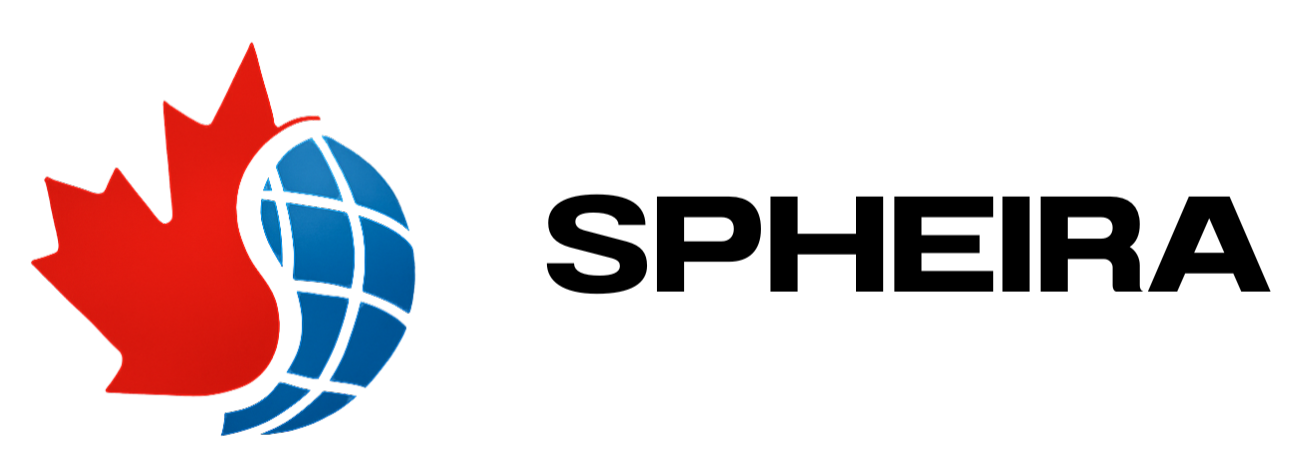

 Created by OpenAI’s DALL·E, 2025. Free for editorial use with credit to “Image generated with OpenAI
Created by OpenAI’s DALL·E, 2025. Free for editorial use with credit to “Image generated with OpenAI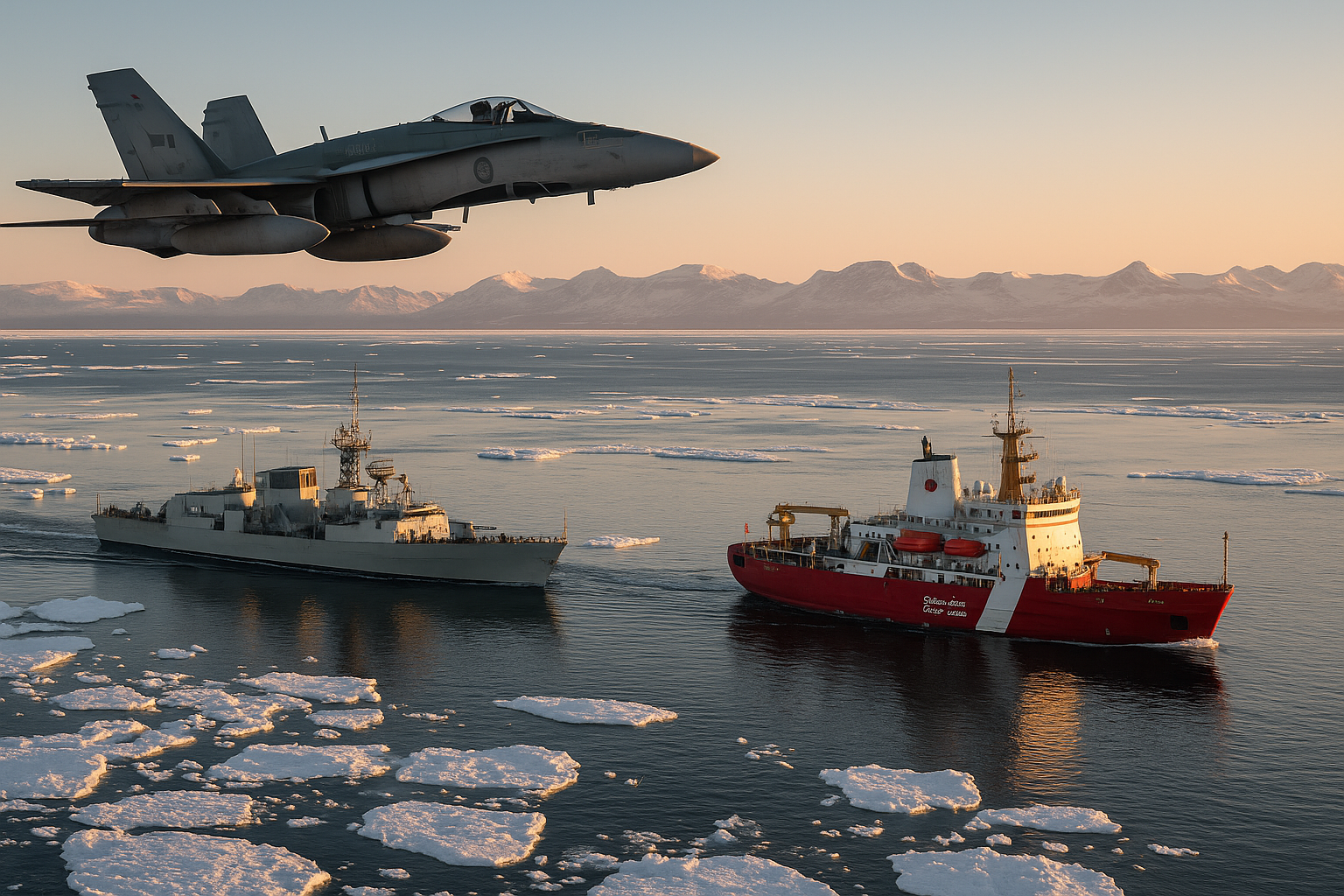
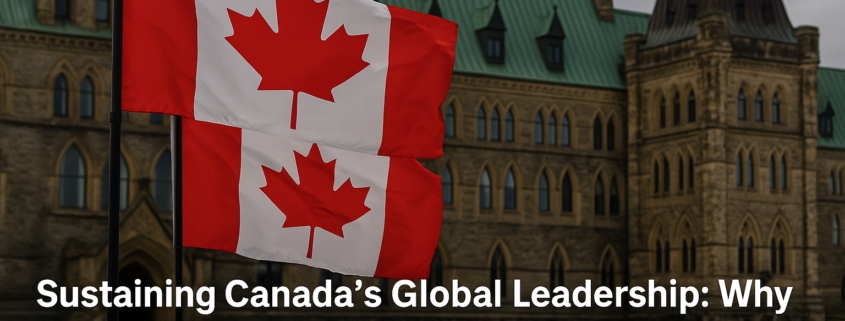 © 2025 Spheira Media. All rights reserved. Licensed for editorial use in association with articles on Canadian foreign policy and international development.
© 2025 Spheira Media. All rights reserved. Licensed for editorial use in association with articles on Canadian foreign policy and international development.